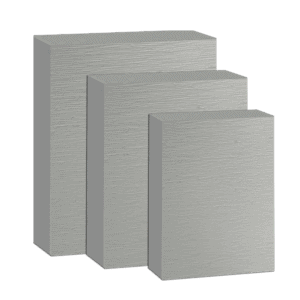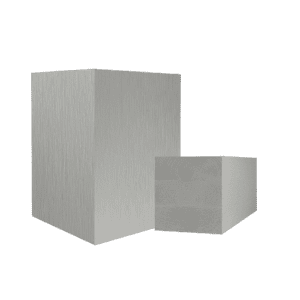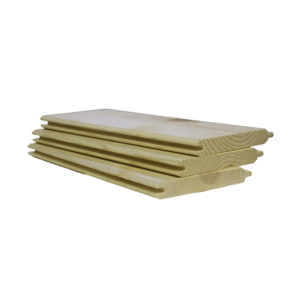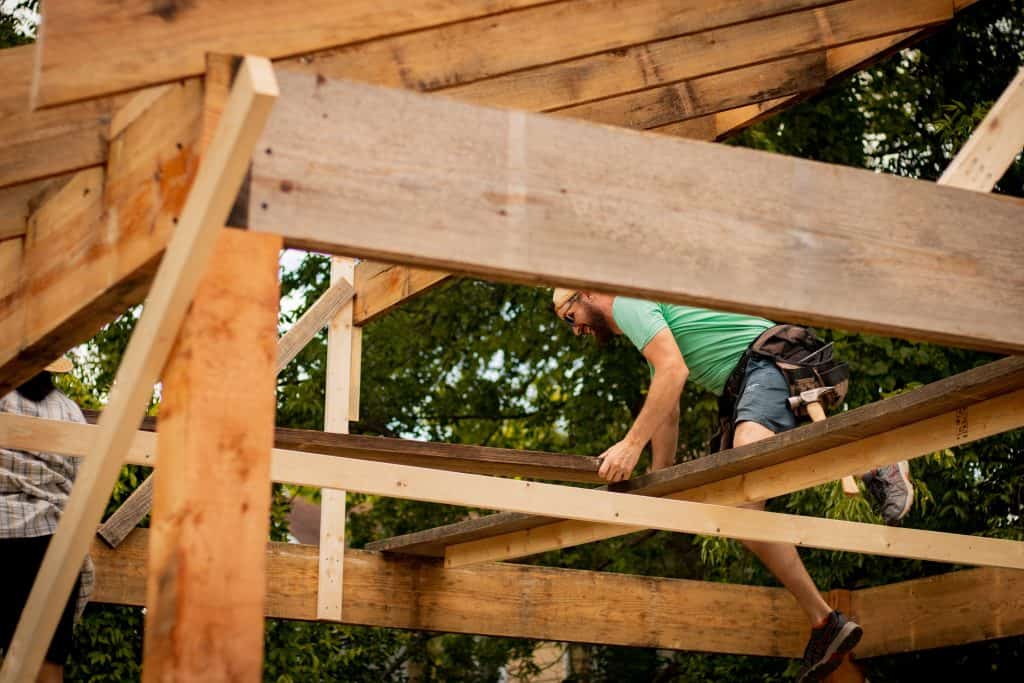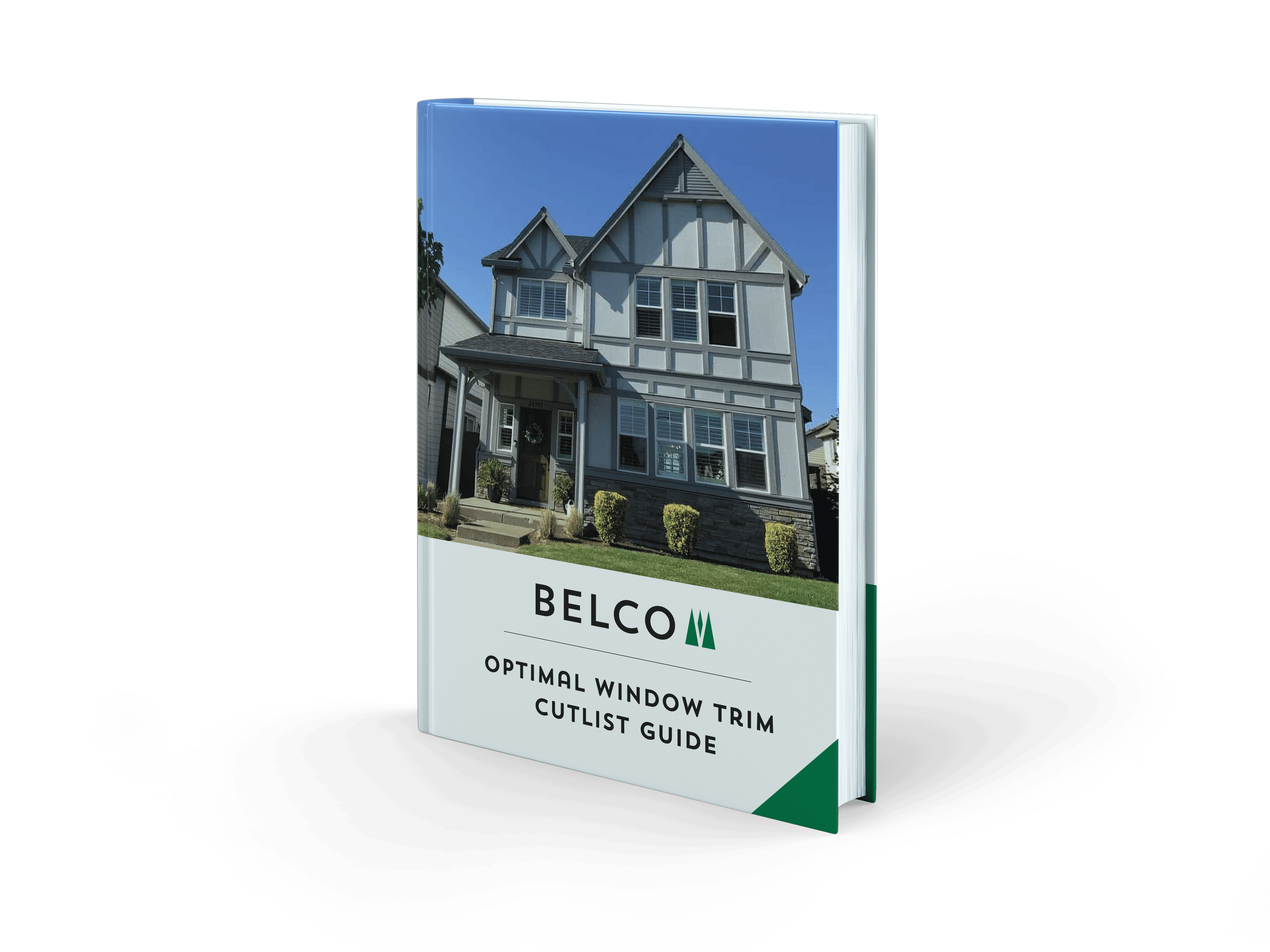Take a walk down the lumber aisle of a typical big box store on Saturday. Watch the customers pick through the lumber piles. They are checking for signs of instability – bowed, cupped and/or crooked boards. By the end of the day, the pickings can get pretty slim. This raises the natural question, what makes some lumber more stable than others? There are three keys to lumber stability: grain patterns, EMC (Equilibrium Moisture Content) and manufacturing practices.
Grain Patterns and Lumber Stability
Examine the grain pattern closely. Check to see if the grain is very straight and packed together with less than 1/32 inch between grain lines. This means the wood is less likely to warp or shrink no matter what kind of wood it is. The straighter and tighter the grain, the more lumber stability it will have. Trees that are harvested young often contain a large proportion of juvenile heartwood.
According to studies done by the Forest Products Laboratory, there are many problems of juvenile wood. One being, the tendency to warp and a high occurrence of knots. This is because juvenile wood has a large longitudinal shrinkage component. This leads not only to shrinkage-warpage problems in lumber manufacture, but also to product use problems.
Dense wood is, by definition, more compressed than soft wood. This means there are fewer pores to absorb water or to harbor fungi. Dense wood is also more difficult for insects to infiltrate, and holds up much better to normal wear and tear than less dense wood. In short, the most stable wood comes from slow-growth trees grown in non-ideal, high- altitude circumstances, with lots of dark rings and fewer knots.
Equilibrium Moisture Content (EMC)
The Equilibrium Moisture Content (EMC) is the stage reached when the vapor pressure in the wood is equal to the vapor pressure in the ambient air space around the wood. Typically, it follows the relative humidity and temperature of the in-service conditions. Wood that has reached an EMC is very stable and ‘conditioned’ for use. Kiln drying is perhaps the most effective way to condition wood since temperature, humidity and rate of air circulation are tightly controlled.
Outer layers tend to dry more rapidly than interior layers. If these layers dry much below the fiber saturation point while the interior is still saturated, drying stresses are set up. This is because the shrinkage of the outer layers is restricted by the wet interior. Rupture in the wood tissues occurs. Consequently, splits and cracks occur if these stresses across the grain exceed the strength across the grain. This is known as shake.
Manufacturing Practices Contribute to Lumber Stability
Lumber derived from raw logs comes in three ‘natural’ cuts:
- Flat Sawn is most common with the annular rings at 30 degrees or less.
- Quartersawn is slightly more expensive, and has annular rings 60-90 degrees.
- Rift Sawn lumber is the most dimensionally stable with annular rings between 30 and 60 degrees.
Ripping natural boards, such as cutting a 2×6 in half to make 1×6 boards, decreases the dimensional stability by exposing the moist interior core. The already dry outer layer is no match for the hygroscopic forces at work and the board will curl in the direction of the moist interior.
In conclusion, lumber stability depends on many factors most of which come down to economic decisions at each stage of the wood product lifecycle from the forest to the sawmill to the manufacturing practices.

